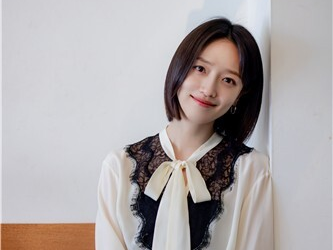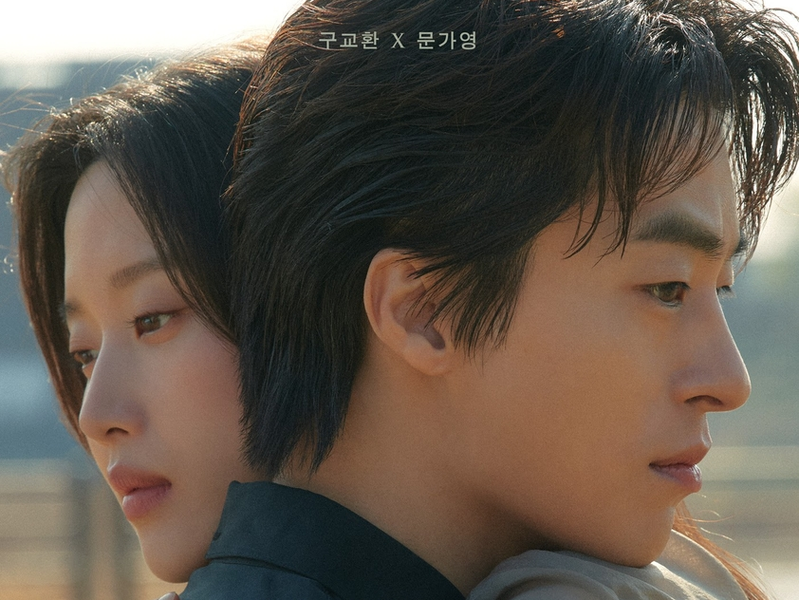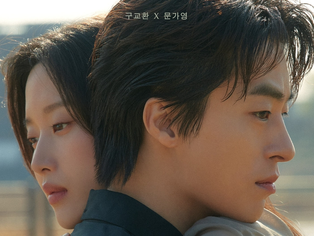*Editor’s note: K-VIBE invites experts from various K-culture sectors to share their extraordinary discovery about the Korean culture.
Scrutinizing AI: The Essence of AI Art and the Job Crisis
Contributed by Lee Eun-jun (professor at Kyungil University)

The integration of artificial intelligence (AI) into creative fields has become a defining hallmark of our era.
As an artist and educator, I find myself navigating this rapidly evolving landscape, much like many of my peers. A friend once shared a profound sentiment with me:
"While I admire great masterpieces, it’s the work of students just beginning their artistic journey that truly captivates me. Their rough brushstrokes, uneven sketches, and amateur edits carry a raw, unpolished essence of creativity. Those moments of pure artistic exploration, when someone is just stepping into the world of creation, are nothing short of wondrous.”
This observation underscores the traditionally revered role of creation in the arts. However, the advent of AI is reshaping this role and fundamentally challenging the prestige it once held.
AI technologies are reshaping the role of creators in the arts, leaving a profound impact on both digital and traditional mediums. This paradigm shift has instilled a tangible sense of unease among professionals in the field, as AI's influence extends from automation of artistic processes to the economic implications for creators.
Tools like OpenAI's DALL·E, MidJourney, and the recently introduced Sora AI have made it possible to generate artwork and even videos with just textual descriptions. These innovations allow users to produce intricate visuals in seconds—tasks that once required days or weeks of meticulous human effort.
Creating art has always required laborious effort. Whether it’s the meticulous crafting of raw materials in metalwork, the layering of paints, or the rigorous research behind a screenplay, every artistic endeavor involves time and dedication. AI has largely bypassed or condensed these processes, raising questions about the intrinsic value of human effort in art.
New job categories like "prompt designers," who craft textual commands to guide AI tools, are emerging as a byproduct of these technological advancements. However, such roles often lack the emotional and intellectual depth traditionally associated with creative work.
AI's efficiency has disrupted industries reliant on creative professionals, such as design, illustration, and advertising. Companies are increasingly opting for AI-generated designs to save costs, often at the expense of hiring human creators.
For instance, brand logos, posters, and other marketing materials—tasks traditionally entrusted to graphic designers—are now frequently created using AI tools. This shift reduces project costs and accelerates delivery times, but it also bypasses the iterative dialogue between clients and designers, where deeper insights and creative refinements often emerge.
In the advertising industry, small and mid-sized firms are particularly drawn to these AI tools for their affordability. Additionally, reusable AI templates enable faster production cycles, creating a culture where speed and cost trump originality.
In the realm of fine arts, AI tools can perpetually generate works once trained, requiring minimal additional effort. This stands in stark contrast to human artistry, which demands time, skill, and emotional investment. Consequently, human-created art often comes with a higher price tag, as it reflects the labor and intent behind its creation.
Yet, the commodification of artistic processes risks equating AI-generated works with human-crafted art, as the creative journey itself is increasingly undervalued. What distinguishes the human process—its imperfections, struggles, and individuality—is often overshadowed by the mechanical perfection of AI production.
The rise of AI in creative industries presents both opportunities and existential challenges. While it offers unparalleled efficiency and accessibility, it also forces a reckoning with the essence of art and the role of the artist.
Ultimately, the survival of human creativity in an AI-dominated landscape may hinge on society's ability to recognize and celebrate the irreplaceable depth, emotion, and labor inherent in human artistic endeavors. Only by valuing the process as much as the product can we ensure that the soul of art remains undiminished.
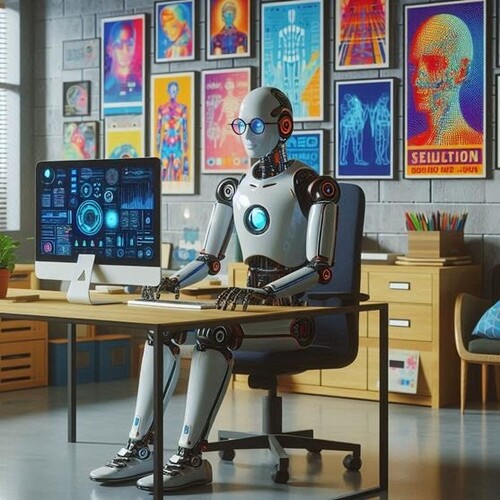 |
| ▲ AI replacing human designers (PHOTO NOT FOR SALE) (Yonhap) |
The rapid development of artificial intelligence (AI) has led many small and medium-sized businesses to favor AI-based designs. This shift has significantly reduced opportunities for artists who have traditionally relied on commercial art as a side job to support their artistic endeavors.
AI has evolved beyond a mere efficiency tool to directly replace human artistic labor. This poses an even greater threat to novice designers and freelance illustrators. With its rapid progression, AI is now capable of replicating intricate styles and techniques, leaving aspiring artists struggling to find a foothold in the industry.
In New York’s Broadway scene, there exists a role dedicated to manually controlling the lights at the start of a performance—a task that could easily be automated. These workers, who belong to unions, have responsibilities that extend beyond flipping switches. They monitor audience flow and stage conditions, acting as an essential bridge between stage managers and technical staff.
The highly automated and capital-driven American entertainment industry retains such roles for a simple reason: they recognize the value of preserving jobs that hold significance beyond mere efficiency. Similarly, in Hollywood, the role of a professional assistant director (AD) is respected as a standalone career. Unlike in South Korea, where an AD role is seen as a stepping stone to becoming a director, Hollywood values ADs as lifelong professionals who ensure the director can focus on creative execution. The tradition of experienced ADs working alongside young directors remains a respected norm.
No matter how advanced AI becomes, certain human elements must be preserved. Over the decades, artists have advocated for stronger copyright protections, resulting in today’s systems that safeguard their creative rights. A similar approach must be taken in the age of AI.
Various support systems for artists already exist in South Korea, such as the Arts Management Support Center, the Korean Arts Council’s National Culture and Arts Support System, and regional artist support centers. While unfamiliar with administrative procedures, I firmly believe the government should actively intervene to address AI’s impact on artists by creating job support initiatives akin to corporate vouchers.
A welfare system similar to employment vouchers for people with disabilities could be implemented. By increasing public awareness of jobs at risk of AI replacement, the government can provide support to preserve these roles.
The professions of novice designers and illustrators must be respected. Just as Broadway’s unionized stagehands or Hollywood’s professional ADs build their lives around their roles, artists in similar positions deserve the right to make a living from their craft.
By upholding these professions and supporting change with flexibility, society can grow into one that respects artistic diversity while adapting to technological advances—just as copyright protections were hard-won over decades.
Not everyone can become a Picasso or a Mark Rothko. Yet, like the apprentices of great masters, many deserve the right to pursue art at a sustainable level. Preserving these roles is essential not only for the individuals but also for the broader creative ecosystem.
(C) Yonhap News Agency. All Rights Reserved

















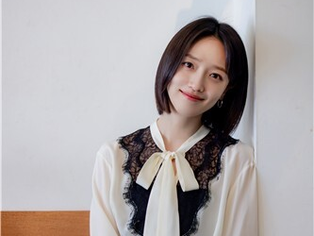
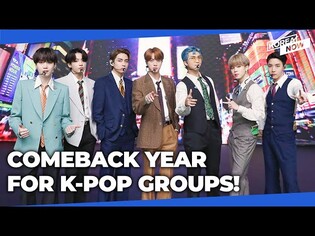
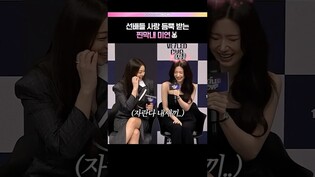
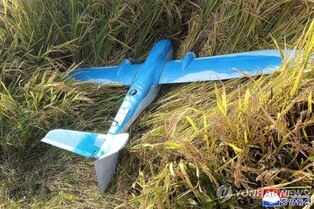

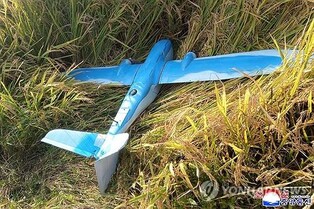


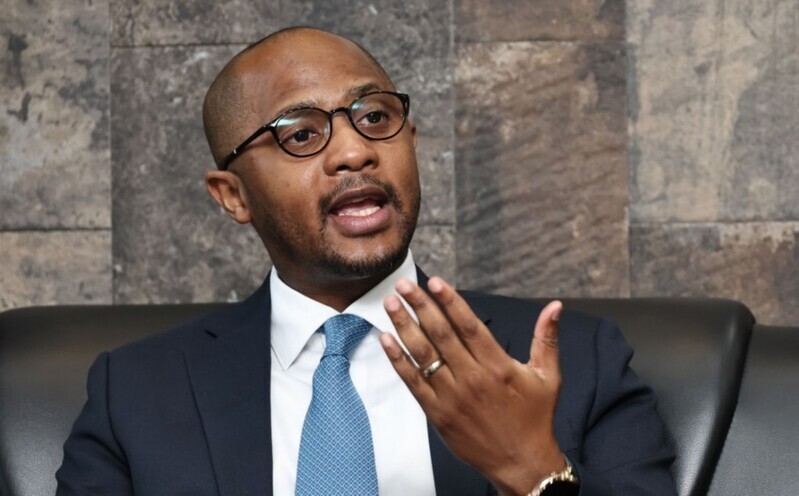
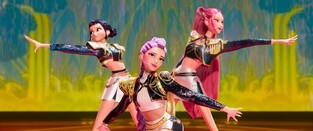


![[박스오피스]](/news/data/20260112/yna1065624915979156_480_h2.jpg)
